Climate Now Podcast
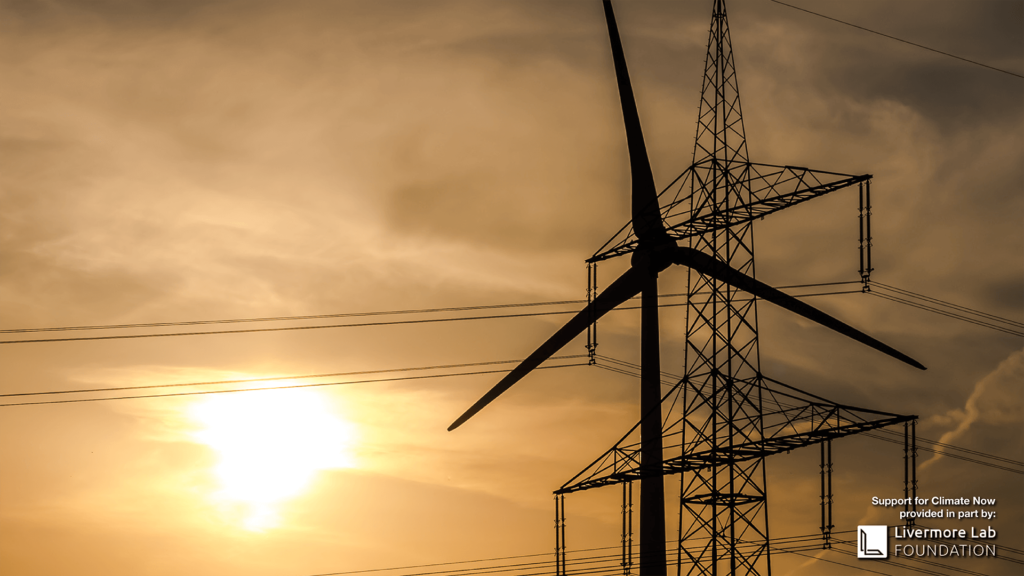

Climate Now: Jan 9, 2023
Inside the DOE: Understanding the role of the US Department of Energy in the energy transition
“We’ve built an entire industrial economy around a set of energy sources, and we’re now thinking about diversifying way beyond that. And that’s a big set of changes.” What will it take to diversify our energy economy, and how do we actual


Climate Now: Dec 22, 2022
Breaking the link between how much we consume and economic growth
The carbon footprint of stuff For the last two centuries, continuous economic growth (the increase in the quantity and quality of the economic goods and services that a society produces, per capita) has been recognized as the critical driver in the drastic
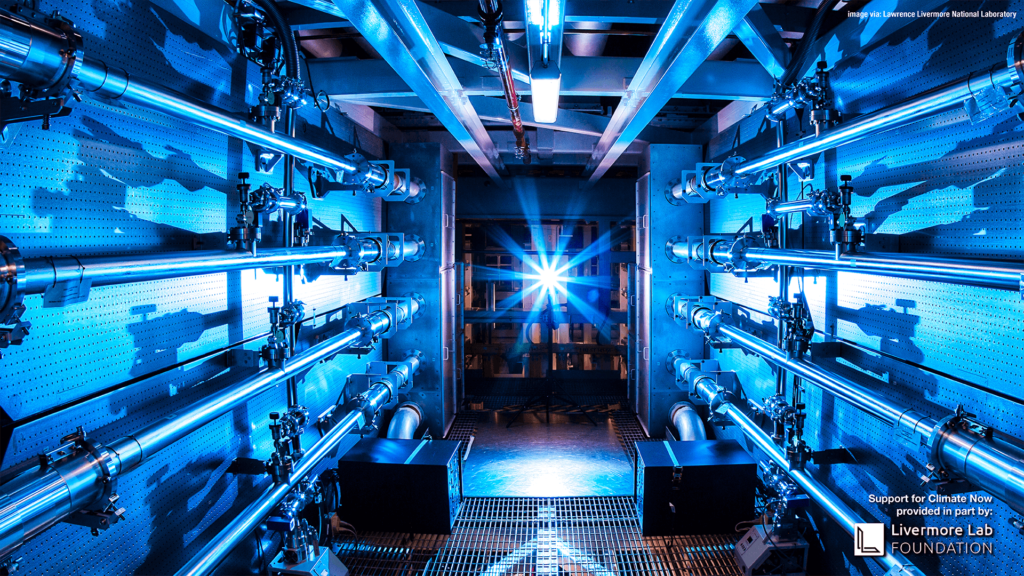

Climate Now: Dec 19, 2022
A star in the west was brightly shining…
Last week, LLNL’s National Ignition Facility successfully ‘ignited’ a nuclear fusion reaction equivalent to what takes place in the sun: the conversion of hydrogen to helium + energy. In a first, the experiment produced more energy than was
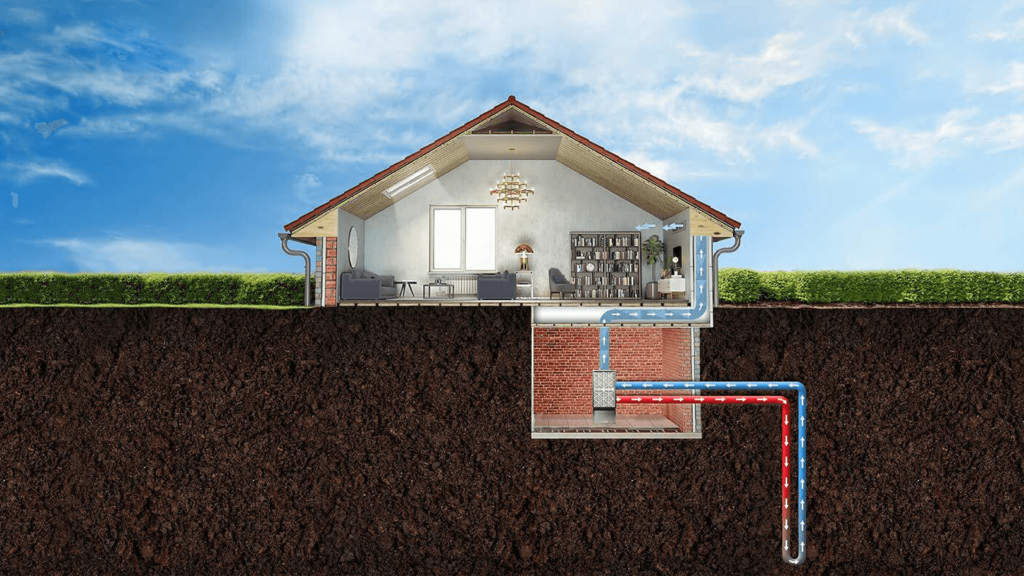

Climate Now: Dec 12, 2022
What lies beneath? Efficient heating and cooling.
Can Earth’s geothermal heat warm – and cool – your home? The hottest day ever recorded on Earth was on July 10, 1913. Thermometers in California’s Death Valley measured 134 degrees F. The coldest day ever recorded on land (not on an Antarctic i
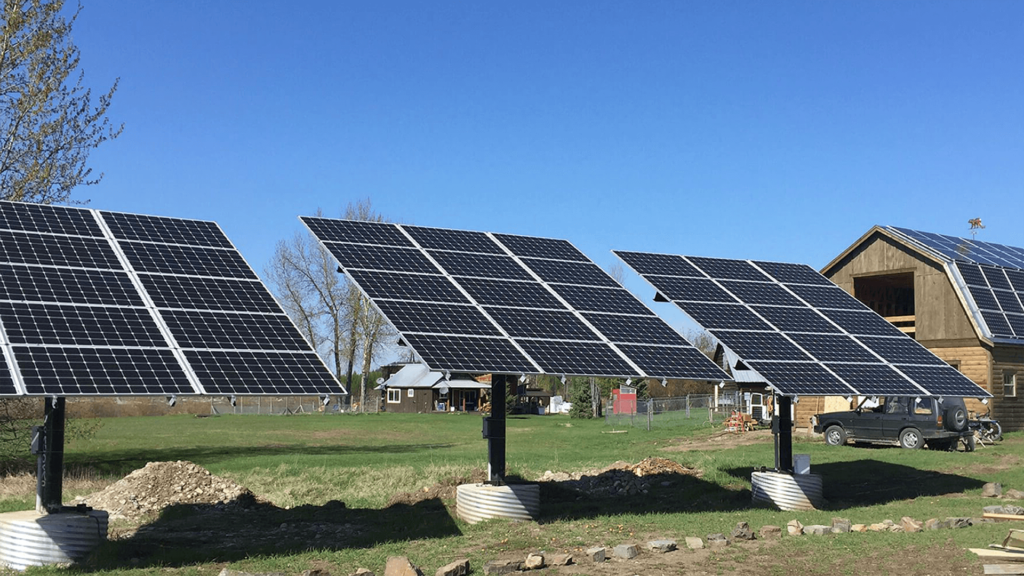

Climate Now: Dec 5, 2022
The role of microgrids in the energy transition
A micro-grid is a local grid. That means that energy generation occurs locally (no giant transmission lines) to support local energy demand, and it has the option to operate independently from a traditional regional power grid. These kinds of grids are attract
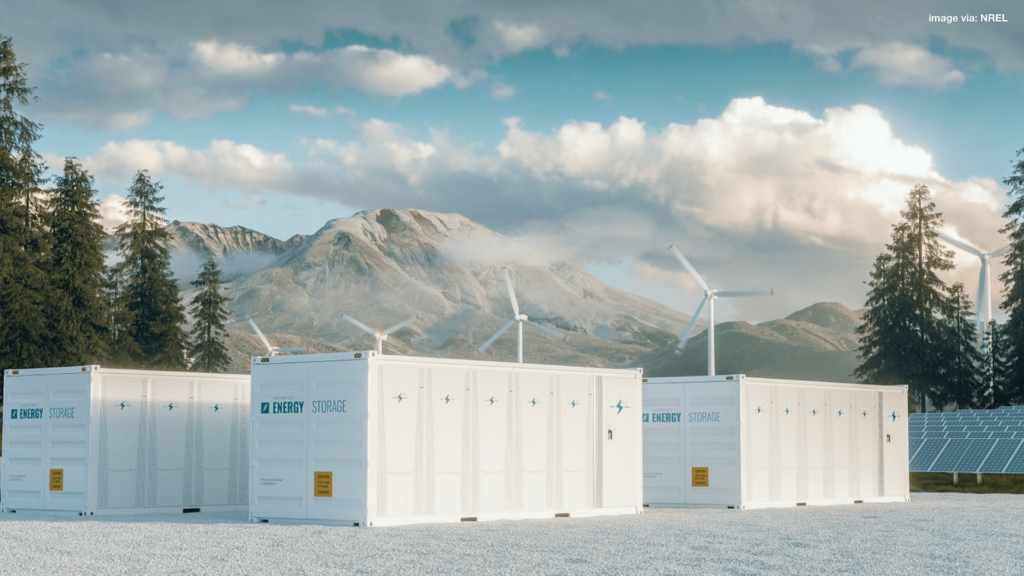

Climate Now: Nov 28, 2022
Battery power: the future of grid-scale energy storage
Renewable energy sources – wind and solar – have become the cheapest and fastest growing form of electricity generation. But the industry has not yet escaped the perennial criticism that keeps many from believing that the world could run entirely o
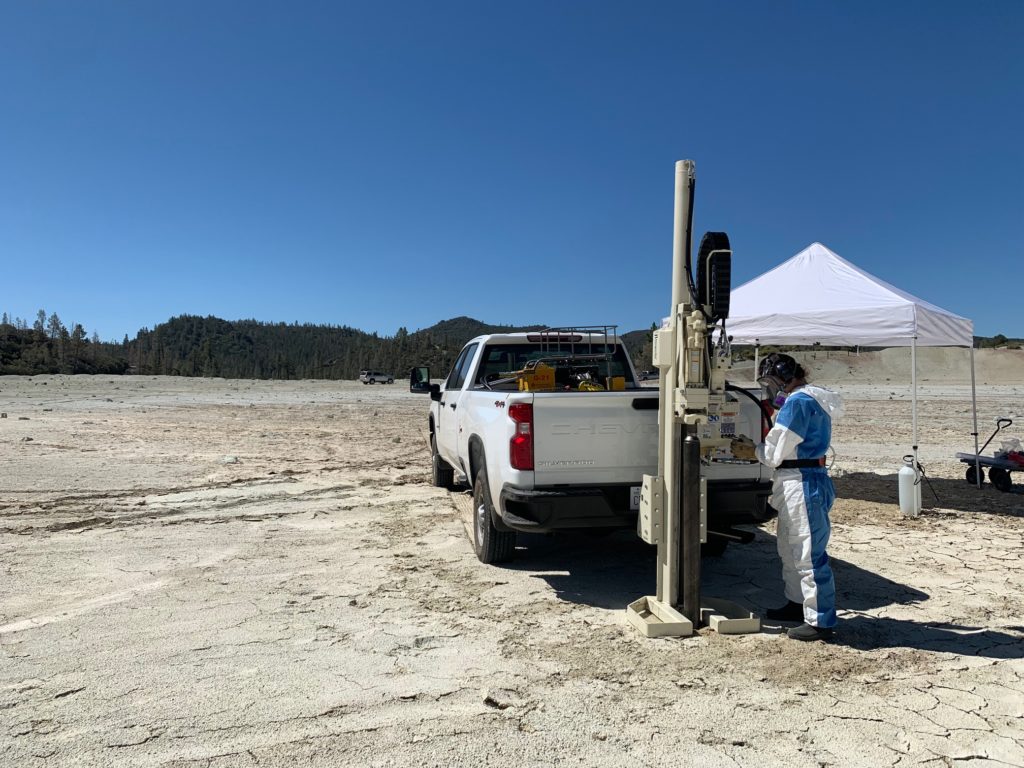

Climate Now: Nov 22, 2022
What is the future of carbon capture technology?
Since its founding in 1952, the mission of Lawrence Livermore National Laboratory (LLNL) has been to meet urgent national security needs through scientific and technological innovation. Expanding from its focus on nuclear weapons science at the height of the C


Climate Now: Nov 14, 2022
The financial value of healthy ecosystems
How many crises can we address at once? In October of this year, headlines broke that the global animal population in 2018 is 69% smaller than it was a half century ago, in 1970. It is the latest bad news in a string of studies on biodiversity loss, which is


Climate Now: Nov 7, 2022
Making buildings smarter, greener and healthier
The side benefit of reducing building emissions? Increasing quality of life. Building operations (heating, cooling and electrification) account for 27% of global CO2 emissions, but represent some of the lowest-hanging fruit in the challenge of global decarbon


Climate Now: Oct 24, 2022
Making waves with marine carbon capture
The global shipping industry emits ~1 billion tonnes of carbon dioxide annually, about as much as the sixth highest emitting nation in the world. In hopes of changing course, the International Maritime Organization (IMO) has mandated that starting in 2023, mos
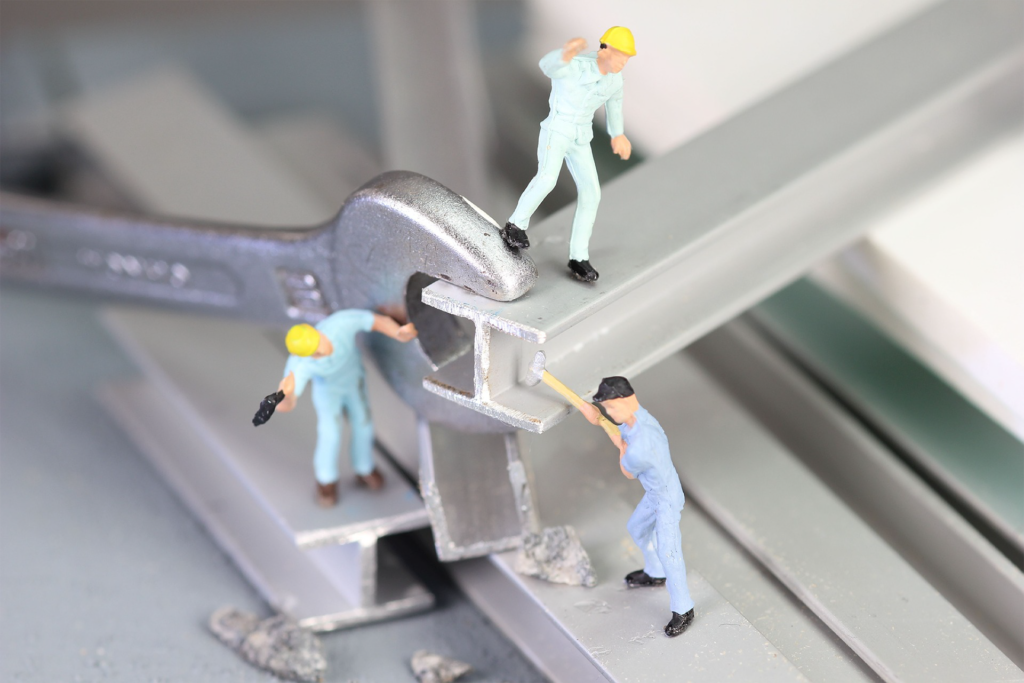

Climate Now: Oct 17, 2022
An electrifying look at the future of steel
For some sectors of our economy, electrification as a decarbonization strategy is a whole lot easier said than done. Take the steel industry – which is responsible for 11% of global CO2 emissions. A large part of those emissions come from the ‘coking�


Climate Now: Oct 3, 2022
The solarcoaster: adoption curves and business models
Mitigating climate change is a race against time, requiring “rapid, far reaching and unprecedented changes in all aspects of society,” according to the IPCC, who says we need to halve global emissions by 2030. But Tom Dinwoodie of Epic Institute argues tha


Climate Now: Sep 20, 2022
Follow the carbon trail: quantifying a corporate carbon footprint
Calls for transparent information on the carbon footprint of a product, service, company or government are getting louder from consumers and investors, and will likely be soon codified in regulations like the U.S. Securities and Exchange Commission’s propose


Climate Now: Sep 6, 2022
What’s in the Inflation Reduction Act for climate?
The Inflation Reduction Act (IRA), signed into U.S. law by President Joe Biden on August 16th, might be the biggest climate investment in history, but it does not look much like the kinds of policies that have been most championed by climate activists and econ
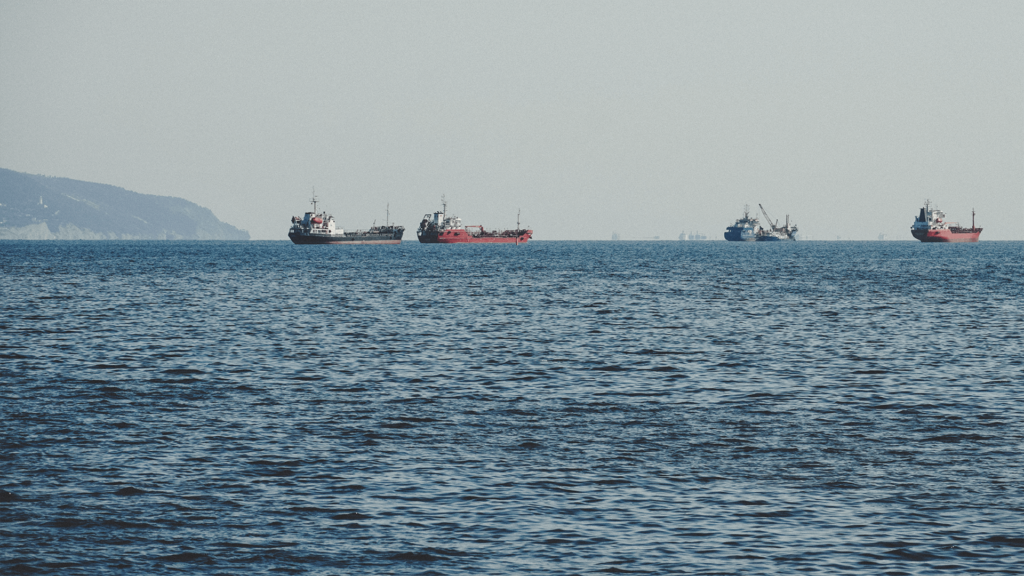

Climate Now: Aug 23, 2022
Can oceans save us? Part III: The laws of the sea
International waters don’t belong to anybody, but everybody is connected to them. Like the global burden created by greenhouse gas emissions from any one country, company or individual, what a single country or corporation chooses to put into the ocean as a


Climate Now: Aug 23, 2022
Can oceans save us? Part II: The tricky science of ocean carbon capture
Did you know plastic bags were originally intended to be an environmental solution? The idea was to replace paper bags in an effort to reduce deforestation. In 1935, cane toads were another fix – they were introduced to Australian sugarcane plantations t


Climate Now: Aug 23, 2022
Can oceans save us? Part I: Using oceans to pull more CO2 from the air
More than 4 billion years ago, when Earth was still in its infancy, the atmosphere held more than 100,000 times the amount of CO2 it does today. Ever so slowly, that CO2 was absorbed into the oceans, where it reacted with rocks of the seafloor or was scavenged


Climate Now: Aug 9, 2022
Understanding EPA v. West Virginia: How will the Supreme Court’s ruling impact GHG regulation?
On June 30, 2022, the United States Supreme Court handed down a decision on the case “EPA v. West Virginia,” ruling in a 6-3 vote that the EPA exceeded its statutory authority by setting greenhouse gas emissions standards that would effectively require uti
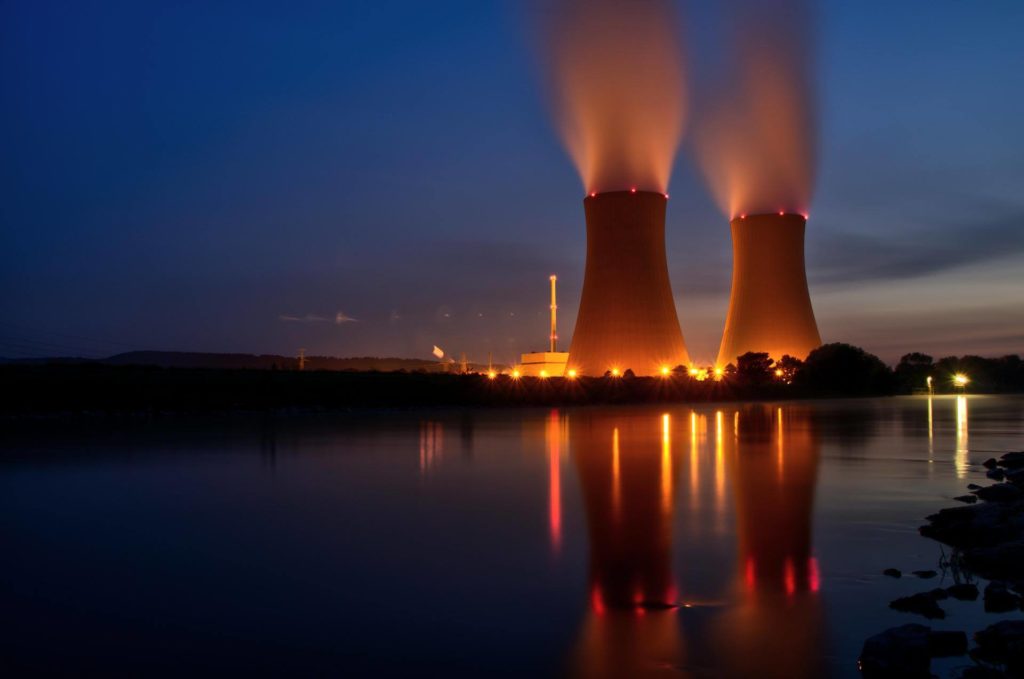

Climate Now: Jul 26, 2022
Do we need nuclear power to solve climate change? Amory Lovins says no
In 2017, the V.C. Summer Nuclear Plant expansion – meant to hail the renaissance of nuclear power in the US – came screeching to a halt. The project, to build two new reactors at an existing South Carolina facility, was canceled after being delayed


Climate Now: Jul 12, 2022
How can you save money while decarbonizing your building?
Heating, cooling and electrifying buildings produces nearly one fifth of global greenhouse gas emissions, but by employing existing energy efficient technologies and switching to renewables, we could cut 87% of building-related emissions by 2050. So, how do we
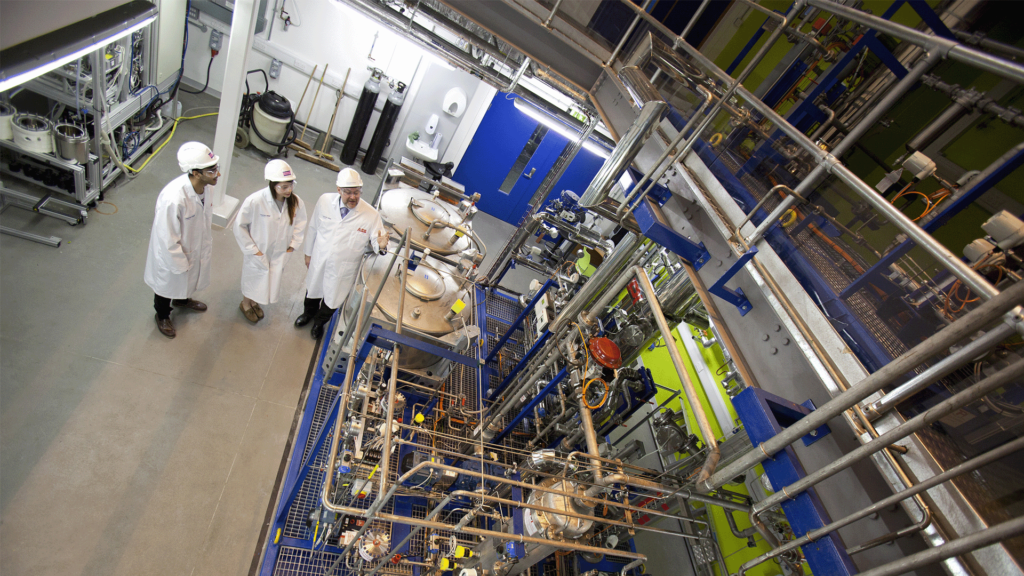

Climate Now: Jun 21, 2022
Is there a profitable approach to carbon capture and storage?
In the international carbon offset market, the average price of removing one tonne of CO2 from the atmosphere is still below $15 USD, nowhere near enough to cover the costs of carbon capture and storage (CCS). As Dr. Sheila Olmstead (University of Texas, Austi


Climate Now: Jun 14, 2022
Concrete, steel and plastics: Paths to a greener industrial sector
Each year, we produce about 30 billion tonnes of concrete globally. That’s nearly 10,000 pounds, or more than 2 entire cars-worth of concrete, per person, per year. We produce enough steel to build more than 2700 Empire State Buildings annually. We produ


Climate Now: Jun 7, 2022
Are we undervaluing energy efficiency as a decarbonization strategy?
Are we underestimating the potential of increased efficiency? It wouldn’t be the first time. In 2021, the International Energy Agency and the U.S. Energy Information Administration forecasted a 50% increase in global energy demand by 2050. Such forecasts hav


Climate Now: May 31, 2022
Financial innovations for climate and clean energy impact
In the 2019/2020 fiscal year, the global climate finance sector reached a record 632 billion US dollars. Unfortunately – that is a little short of the more than $3 trillion US dollars needed each year to keep warming under 2 degrees C, according to the I